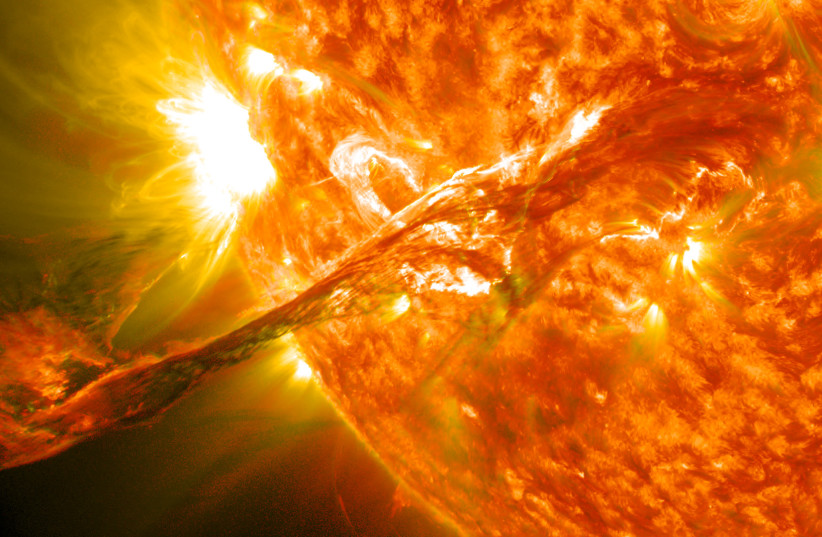A NASA observatory captured a remarkable image last Wednesday in which the sun appears to be smiling.
The tweet, which was widely circulated and has nearly 20,000 likes, led to an outpour of memes and jokes regarding the incredible photo.
NASA explained in the tweet that the dark patches that coincidentally resemble a smiling face are actually caused by coronal holes, which appear as irregular black patches when the sun is imaged in ultraviolet light or certain types of X-ray images.

“Seen in ultraviolet light, these dark patches on the sun are known as coronal holes and are regions where fast solar wind gushes out into space.”
NASA
“Seen in ultraviolet light, these dark patches on the sun are known as coronal holes and are regions where fast solar wind gushes out into space,” NASA explained.
Are coronal holes a threat to humans?
Amusing as they look in the photo, coronal holes can be a sign that a solar storm is brewing. While not a direct health risk for humans, geomagnetic storms can disrupt GPS and create harmful currents in the power grid and pipelines.
NASA's Solar Dynamics Observatory, which captured the smiling sun image, is an agency aimed at investigating how solar activity is created and drives space weather.
